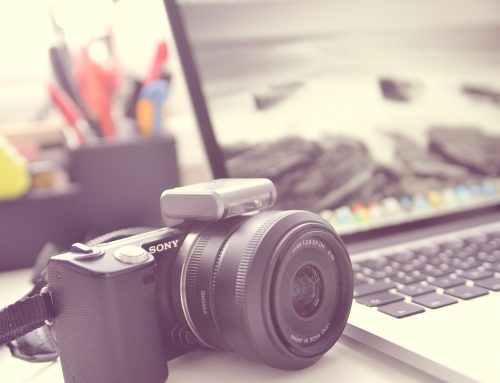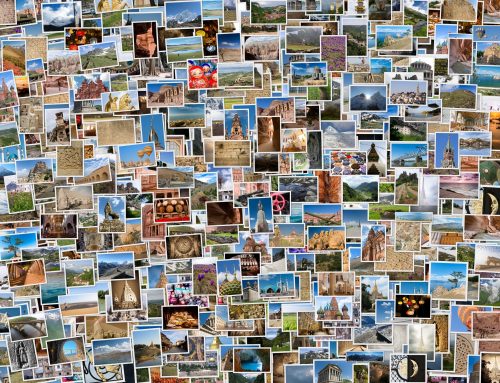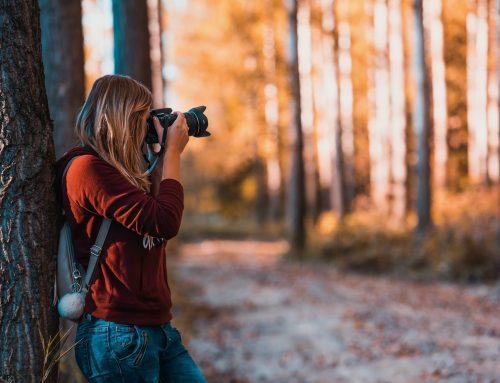Portrait photography is about more than standing your model in front of a backdrop in a studio. There are many styles and combinations out there to explore and some will suit your model better than others. You should practice as many of the styles as possible so that when the opportunity arises you are ready.
With that in mind here’s a quick tour round some of the different kinds of portrait shoots.
1.Formal individual portraits
Formal portraits are posed shots often in a studio. Compositions vary from head shots to full body poses and everything in between. They may mark a key event in your models life. As with all photos keep in mind that your model will want to look great.
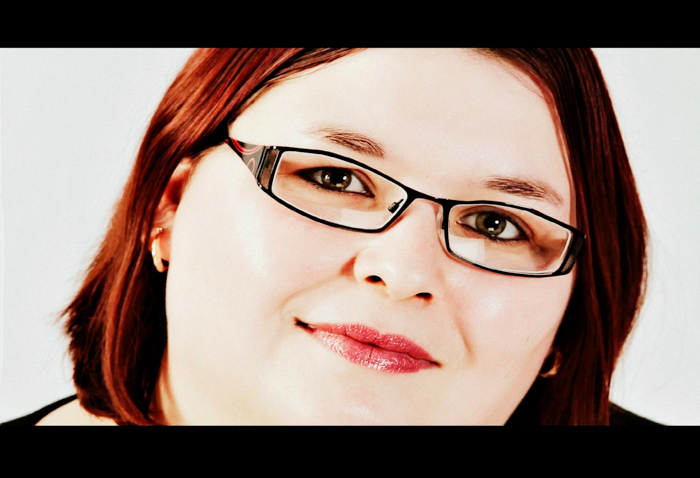
Tip:Use soft lighting and reflectors to fill wrinkles as you shoot them against a backdrop or in a scene that you have as much control over as possible.
2.Formal Group portraits
Group shots come with a completely different set of challenges. With a single model you can time your shot to get open eyes and a closed mouth. With a group of people that can be challenging.When it comes to the open eyes and closed mouth problem the simplest way round it is to ask them to shut their eyes tightly. Release the shutter just a fraction of a second after you’ve asked them to open them again and you should get the result you need.
Lighting is another thing that might cause problems, one person will be shading another unless you can get loads of soft light bouncing around. The lighting can be arranged or planned beforehand, either shoot during the evening when the sun is soft and low or try to position the group in a room with a white ceiling you can bounce a flash off to fill the shadows in a little.

Tip: Even though the style of the session is a formal one be ready to include props to give context such as a graduation scroll or a pose showing an engagement ring.
3.Glamour or Boudoir portrait
This type of portrait isn’t pornographic but aims to show as much beauty and sex appeal as possible. Traditionally your model will be wearing lingerie and either be in a bedroom setting or using props that imply a bedroom environment. Boudoir shoots used to be all about shooting women but the tide is turning and men are getting in on the act too.

Tip: Don’t worry if you’ve not got a huge studio you can improvise with a sofa for your model to pose on.
I repeat, this isn’t a porno shoot, keep it classy and clean.
4.Urban Portraits
Take your model out and about and use the city and all its trimmings as your backdrop. As you bring your camera up to your eye think about the content of the shot. The focus of your shot should still be all about your model but include enough background to set the scene.
This is the kind of shot where you could scout out a location beforehand then bring your model to it and pose them almost as a prop or something to add interest to the scene.
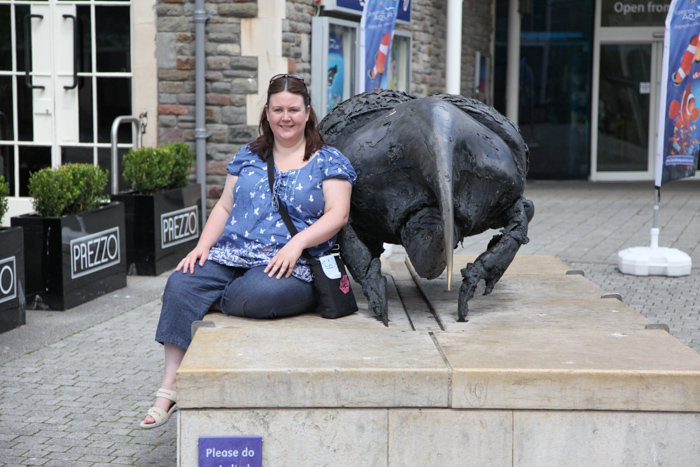
Tip: Any time you’re shooting outdoors you need to think about the available light. The sun won’t stop moving and the streetlights will come on when it gets dark. Both these light sources can be useful but only if you’ve done your research beforehand and know what you’re dealing with.
5.Environmental
Environmental portraits are all about catching your model interacting in the world around them. They show your model using items in their home and work place or enjoying hobbies. There are few formal poses as environmental shots aim to capture your model doing tasks that are normal and natural to them.
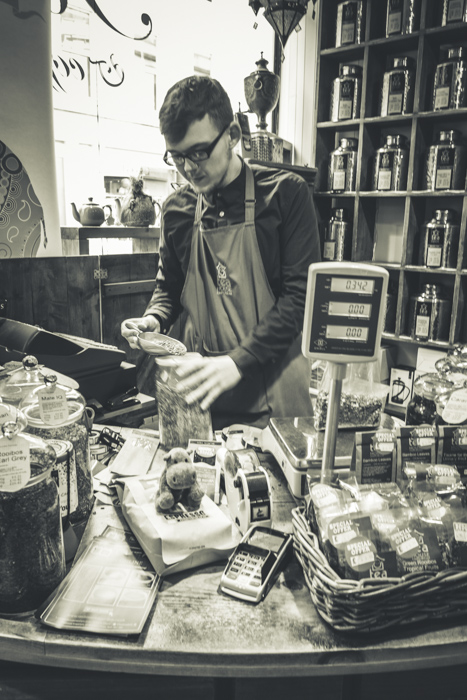
Tip: The action can happen fast so be ready with a camera that’s set for instant use.
6.Candid
If you’re shooting without your subject’s knowledge you are taking a candid shot. You model may be a stranger but they could also be a client or friend who you catch unawares.
The opportunities for candid photography are everywhere so carry your camera with you as often as possible.

Tip: Check your local laws and avoid shooting in private buildings, military, hospital and school situations without first asking permission.
7.Lifestyle
This branch of portraiture is all about capturing a snippet of your models life. You photos should capture real life events not staged or posed situations. Both the big events and the little things they do. Everything from a pot of tea in the garden to a milestone wedding anniversary counts as a lifestyle portrait. By now you’ll have realized that it’s a subject that covers a huge range of situations and can be a huge challenge.
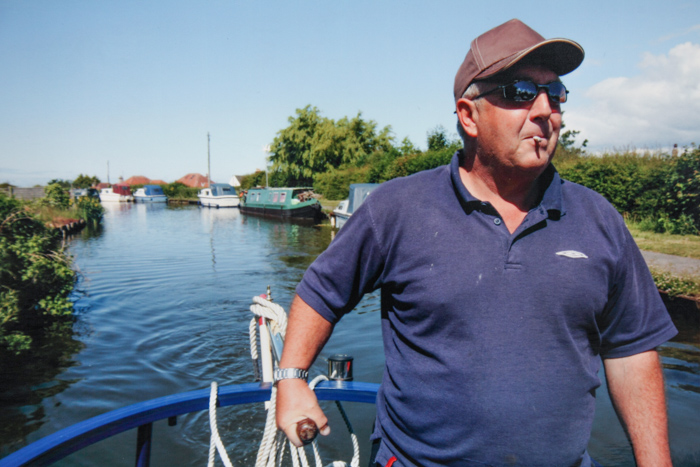
Tip: If lifestyle photography interests you then it’s worth just starting with one particular area. It’s not an easy style to shoot but people want shots of themselves doing well. It is also one that gets you shots that will sell as stock photography companies want lifestyle shots.
Processing
Your job is to capture images your models will love. This starts in the camera but editing is often necessary. Have a look at Mike’s 7 tips to rocking portraits in Lightroom and his video course Lightroom mastery: People and portraits.
Tip: Never assume your model wants their images heavily edited. That scar you are itching to remove may have huge sentimental value. So be tactful and during the shoot get a feel for your models likes and dislikes about their image.
Finishing off
There are more genres and styles of portrait photography than I can possibly mention here. If the main focus of your shot has a person or people in it it’s a portrait shot. I hope I have given you a taste and whet your appetite to have a go at some different styles of portrait photography.

